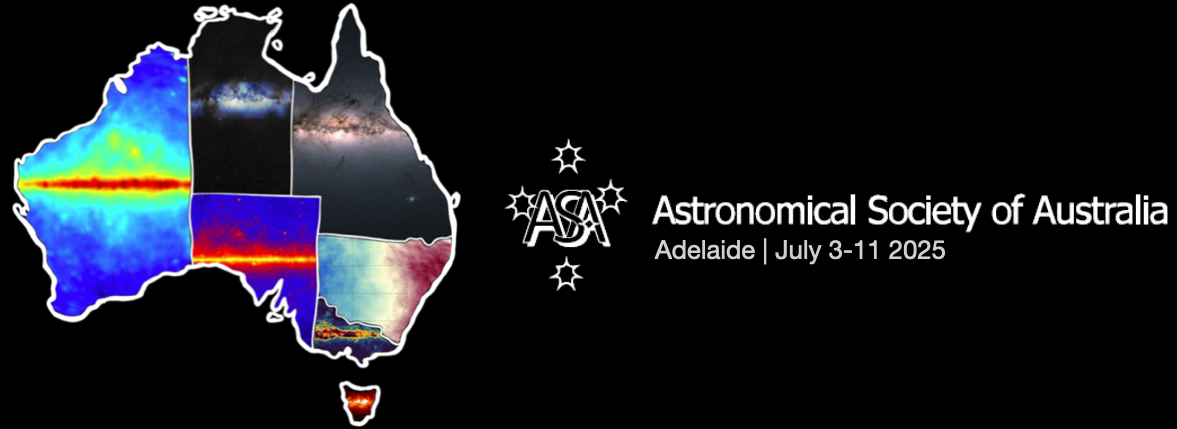The IceCube Neutrino Observatory at the South Pole has been fully operational for over a decade. With a cubic kilometre of deep ice as the detection volume, the detector has seen thousands of astrophysical neutrinos from across the sky. Initially, these were observed as an unresolved diffuse flux, but with recent improvements in event selection and reconstruction the first distinct sources are...
The origin of cosmic rays has been an active area of research since their discovery over a century ago. Supernova remnants (SNRs) are believed to be able to accelerate cosmic rays up to the ‘knee’ of the observed cosmic-ray spectrum via diffusive shock acceleration, a feature likely indicating the maximum cosmic-ray energy achieved in our Galaxy. Although the acceleration at SNR shocks has...
Supernova remnants (SNRs) have long been proposed as potential sources of galactic cosmic rays. However, current gamma-ray observations at GeV energies lack the angular resolution required to effectively trace low-energy cosmic rays. Ionised gas tracers such as the 1.9 THz fine-structure line of carbon ([C II]) offer arc-minute resolution and thus a promising probe of cosmic rays in the GeV...
We present the deepest radio continuum observations of the Galactic globular cluster Terzan 5. While past timing surveys of Terzan 5 have been highly successful, discovering nearly 50 pulsars, continuum imaging offers a complementary approach to identifying and characterising these sources. Imaging is especially useful for finding eclipsing pulsars, which are often difficult to identify in...
Pulsars are fast rotating neutron stars (NSs) that are associated with high energy processes and gravitational wave emission. To date, over 3500 pulsars have been detected, with the majority of them seen in radio and around 300 pulsars detected in gamma-rays. In this work, we implement prescriptions for pulsar evolution within the binary population synthesis code COMPAS, enabling a...
Neutron stars are born with high proper motions, known as neutron star kicks. It is widely accepted that the kicks are a result of asymmetries in the core-collapse supernova mechanism, which accelerate the neutron star on the dynamical timescale of the core (~10s). In the 1970s, alternate models proposed that asymmetries in the magnetic field could slowly accelerate neutron stars by converting...
Several hundred compact binary mergers have now been observed in gravitational waves by LIGO, Virgo and KAGRA. Most of these are binary black hole mergers. The origin of these merging binaries is currently uncertain; they may originate from massive binary stars, be dynamically formed in star clusters or galactic nuclei, or may have contributions from multiple formation channels. We study the...
Most massive stars reside in triple or higher-order gravitationally bound systems. The coupled stellar and dynamical evolution in these systems makes predictions for stellar interactions and mergers particularly challenging. I will present a novel semi-analytical model that traces the evolution of an inner chemically homogeneous binary within a hierarchical triple and predicts its final fate...

